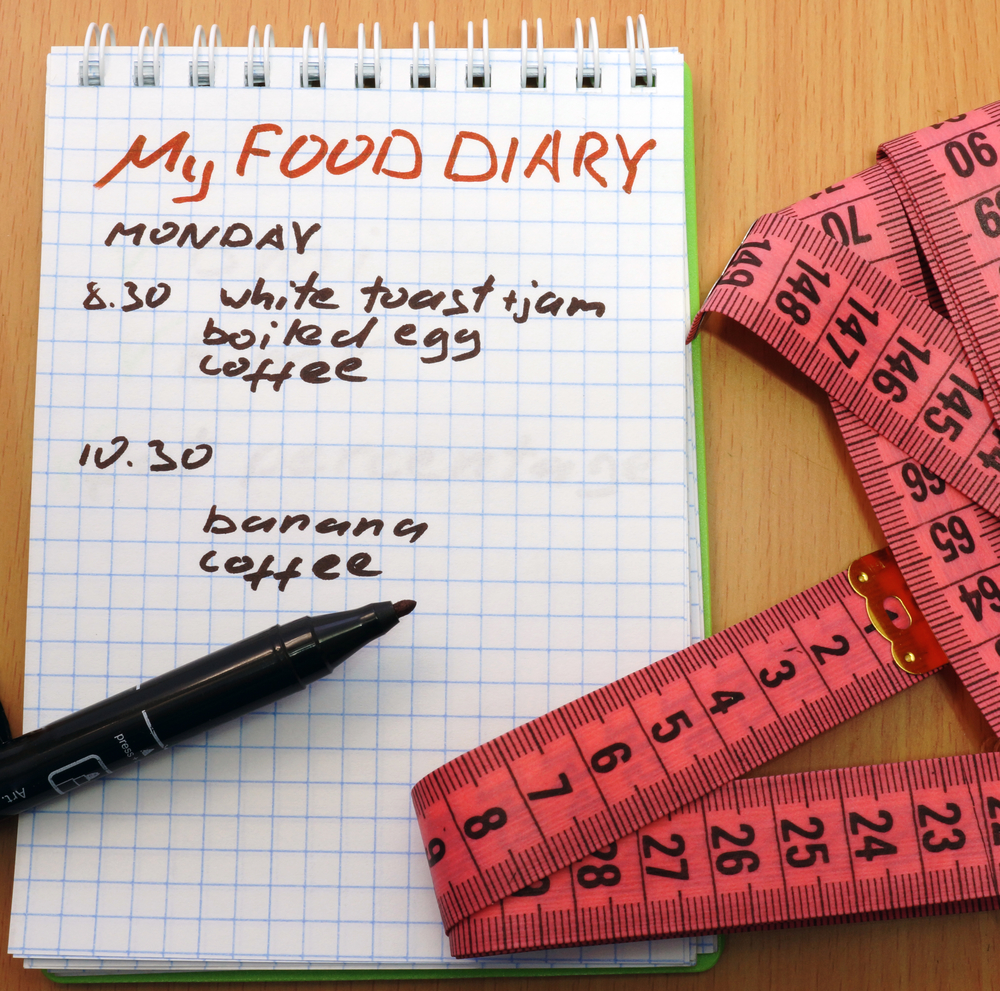
Calculating your energy requirements
How to calculate energy requirements to help you lose weight
Before we discuss energy requirements, it’s important to discuss what we’re looking for when we’re talking weight loss. Creating a calorie deficit will generally result in some degree of weight loss at some point. But decreasing calories comes at a cost, depending on how big the calorie deficit is you’ve created.
The main problem with rapid weight loss is that it will result in a greater proportion of muscle loss. In pretty much all scenarios, you want to minimise muscle loss and encourage fat loss. Making sure you nail your macros is key here. You want to be consuming sufficient protein to help stave off muscle loss, and just the right amount of carbohydrates to fuel your training efficiently, but not in excess so you store them as fat. Getting your macros right can involve a bit of trial and error, and you may benefit from the support of a nutrition expert or weight loss coach to guide you.
In basic terms, energy balance is the difference between energy in (what you eat) and energy out (energy you expend). If you eat more energy (calories) than you burn, you have a positive energy balance and will gain weight. And if you eat less energy (calories) than you burn then you will lose weight. Once you have reached your desired weight, you can then adjust calorie intake to a maintenance level (where your energy intake is roughly equal to your energy expenditure).
The obvious point to make here is that not all calories are created equal, and that you can eat considerably more nutrient dense food than you can chocolate cake for the same amount of calories.
Sound simple?
Sadly, not so! There are many factors to consider in determining your energy requirements. I always recommend calculating your Total Daily Energy Expenditure (TDEE) as a first step. TDEE is made up of:
- BMR (Basal Metabolic Rate) which basically refers to your metabolism, or the calories you burn carrying out basic bodily functions at rest
- Exercise Activity Thermogenesis (EAT), which is the calories you burn while doing physical exercise
- Thermic Effect of Food (TEF) – yes, your body burns calories eating and digesting food.
- Non-Exercise Activity Thermogenesis (NEAT). Calories you burn doing non-exercise activity eg walking to work, housework, shopping, dog walking, fidgeting etc. This can account for a surprisingly high percent of TDEE.
Using an online TDEE calculator (just Google one) is the probably the easiest way for most people to calculate their TDEE, though please note online calculators can vary depending on the calculation method used, but they will all provide a rough estimate of what your TDEE is.
We all have individual needs
While the TDEE calculator can be used as a guide, it’s important to remember we’re all unique and there is no one-size fits all approach to weight loss (if there was we’d all be at our ideal weight!). But you will then have an idea of the calories required to maintain your weight, and from that you can subtract 500 per day to get an idea of your calorie requirements to lose weight.
How many calories to eat for weight loss
A generally accepted guideline is to cut calories by 500 kcal per day less than your maintenance weight in order to lose weight. So once you’ve calculated your TDEE and therefore have your energy requirements, reducing this number by 500 kcal/day should result in around a half a kg of weight loss a week. 2,000 kcal/day is used as the standard measure for the average woman to consume, but this doesn’t take into account other considerations, such as activity level and age, both of which can be accounted for using a TDEE calculator.
